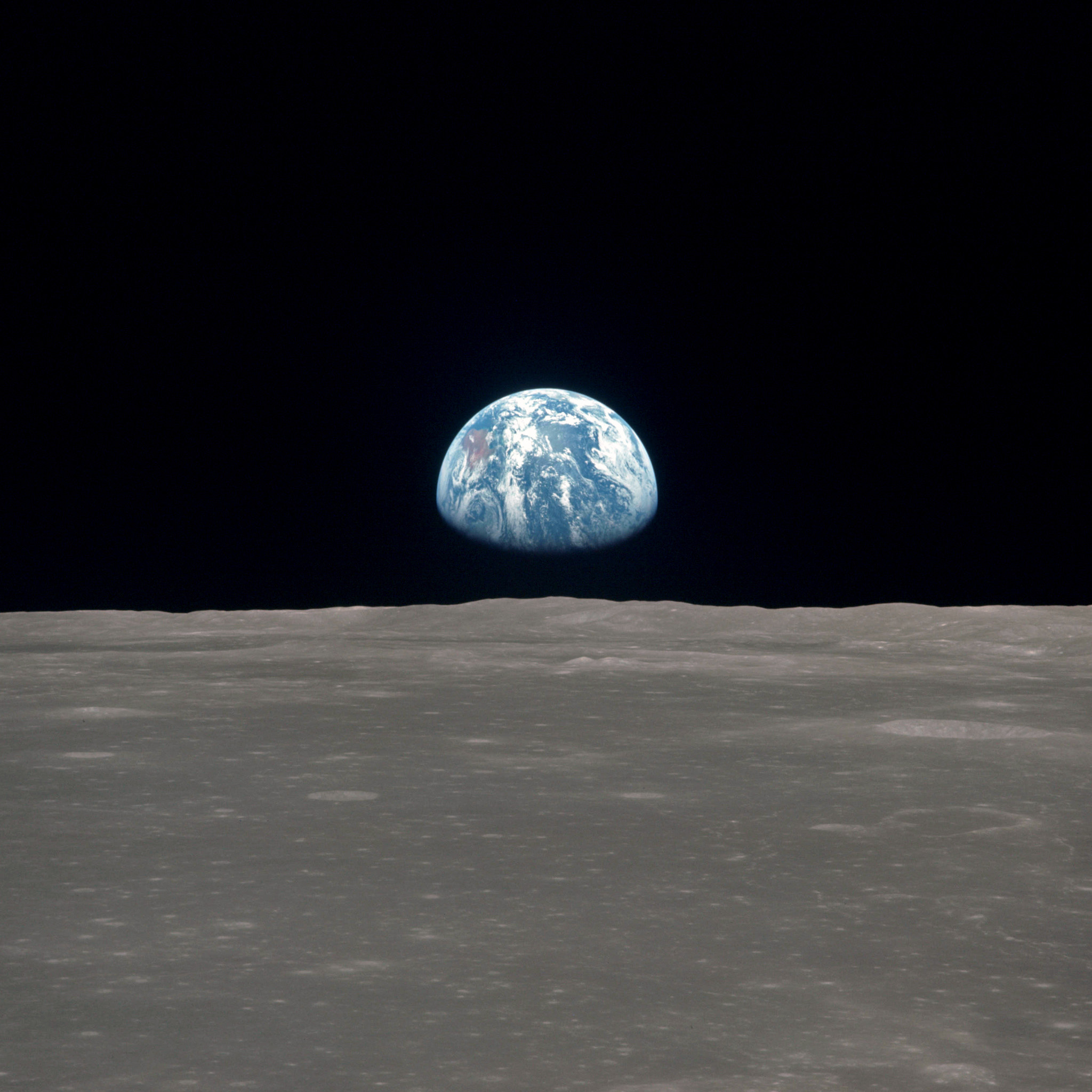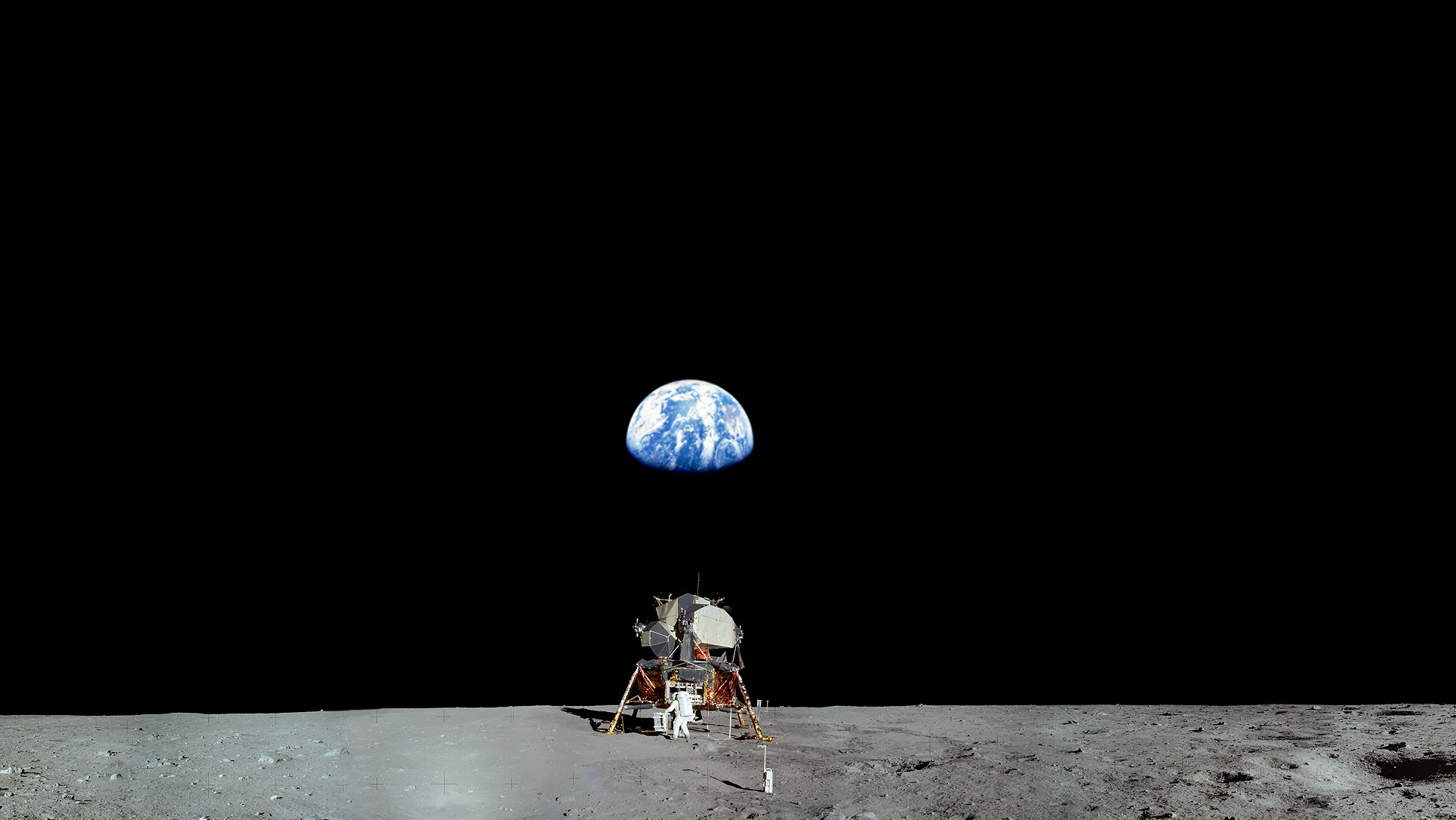



And every day the lit area gets thinner, reaching the last quarter moon a week later. The day after a full moon, the Moon is slightly less full (waning) and rises a bit later. This year there will be blue moons in January and March for most Australian time zones - the first time this has happened since 2010. This is called a 'blue moon'.Ī few times in a century, two blue moons can occur in a year. And being opposite the Sun, it rises at the very viewer-friendly time of sunset.īecause the Moon's orbit takes slightly less than a calendar month, we get to see two full moons in a month about once every 2.7 years. During a full moon the Moon is on the exact opposite side of the Earth to the Sun, so we see it fully lit.


 0 kommentar(er)
0 kommentar(er)
